Golden or Marble Queen Pothos (Epipremnum aureum) goes by many names, such as Money Plant, Hunter’s Robe, Devil’s Ivy, and the misattributed Solomon Islands ivy. They give some indication of what it’s like. You’ll see it most often as a houseplant, although it can grow outdoors in the right conditions. It is a tropical vine with gorgeous marbled green foliage.
Description
Marble Queen Pothos is an evergreen vine reaching heights over 26 feet tall. However, it grows relatively slowly, taking 10–20 years to get there. It also has a large spread of roughly 5 feet wide. Houseplants typically get around 6 feet tall, assuming they have adequate support for the vines and foliage.
The leaves are marbled with light green, white, or ivory, depending on the cultivar.s As you may surmise, it’s a perennial plant that is easy to care for and usually problem-free with no significant parasites or diseases. Some experts classify it as an epiphytic species because of the aerial roots that anchor it on whatever support it can find.
Natural History
We mentioned the misapplied name Solomon Islands Vine for this plant. That’s because early accounts reported it in this location. The truth is that it was actually French Polynesia where the correct species was documented. The many positive traits of this plant brought it to many other tropical areas across Oceania and Asia. Cultivars brought it to the far reaches of the Earth.
Botanists had difficulty classifying this species after it was first documented. Similarities with other plants complicated matters since scientists had to rely on minute differences to make classification possible.
Care
Marble Queen is popular because it’s easy to maintain. It’s humidity-tolerant, which is a good thing if you live in a tropical place. It’s a factor in keeping it disease-free, especially where moisture might be an issue. Fortunately, you won’t have to worry about these elements since it’s a healthy and well-adapted species. That makes it a good choice for novices and those with brown thumbs.
Temperature and Sun Exposure
The kryptonite of Marble Queen Pothos is shade and cold temperatures. After all, it is a tropical plant. If you wanted to add it to your landscaping, you’d have to be in USDA Plant Hardiness Zones 11 or 12 to survive. It does best with partial or full sunlight. It will do best in windows with a south or west-facing exposure to make the most out of the light it gets.
The fact that it’s a tropical species means it won’t tolerate cool temperatures or drafts. Make sure to keep it away from these places. You also shouldn’t put it near vents where dry air can affect it equally as adversely, even though it is somewhat drought-tolerant. The soil mixture and its moisture-retaining capacity will provide the best way to ensure you meet these needs.
Water and Soil Conditions
Marble Queen does best in soils that can retain moisture yet retain enough for it to meet its needs. A mixture of clay, loam, and sand will fit the bill for draining enough to keep its feet out of water. It prefers acidic soils, which you should check occasionally and amend as necessary. You can plant it in a pot with regular potting soil as long as you add some perlite to improve drainage and circulation.
We suggest fertilizing these plants only during the active growing seasons in the spring and fall. Let it go dormant in the fall and spring to replicate the natural cycles it would endure in the wild. A liquid product that is balanced with the main minerals works best.
You may find that Marble Queen Pothos thrives in humid rooms, such as bathrooms or kitchens. The conditions replicate what they like. It’ll also save you from having to mist them periodically. However, they’ll do well in regular household conditions, so don’t worry about going out of your way to make other adjustments. Keep them watered with even sunlight to meet their minimum requirements.
Propagation
If you want to propagate Marble Queen Pothos, you should do it from stem cuttings because it’s not going to happen by seeds. The flowers are small, to begin with, along with the fact that the plant doesn’t typically reach this life stage, particularly with houseplants. Give them about 3 weeks to sprout some roots to give them a viable start as new plants.
You can also propagate it with a technique often used in vineyards, namely, layering. That involves bending a stem into the soil. Once foliage appears above the surface, you cut off the link to the parent plant to give the new one its life. You won’t grow them from seeds if just because you won’t get them from the lack of blooms as your source.
Other Things to Know
If you’re going to bring Marble Queen into your home, you must know that it’s toxic to dogs, cats, and people. The reason lies with its calcium oxalate crystals. Many other species contain them, including Peace Lily and Jack-in-the-Pulpit. As the name implies, the crystals have sharp edges that can injure the mucous membranes in your pet’s mouth and internal organs. All parts are toxic.
Swelling and drooling are typical signs of contact with the plant. A pet may also have trouble breathing or bark hoarsely to try to extract foreign materials. Milk is an effective remedy since it will bind with the crystals to neutralize their effects. The poisoning is usually self-limiting, with symptoms resolving themselves within a day or two.
It’s worth mentioning that it’s also toxic to humans. Young children are equally as vulnerable to its effects.
Final Thoughts
Marble Queen Pothos is an appropriately named plant, given its size and beauty. You can grow it in warmer areas outdoors in the United States or as a houseplant which many find an excellent way to enjoy this perennial. It’s showy with its gorgeous foliage and its impressive size. If you don’t have pets, it’s worth considering adding to your indoor or outdoor landscaping.
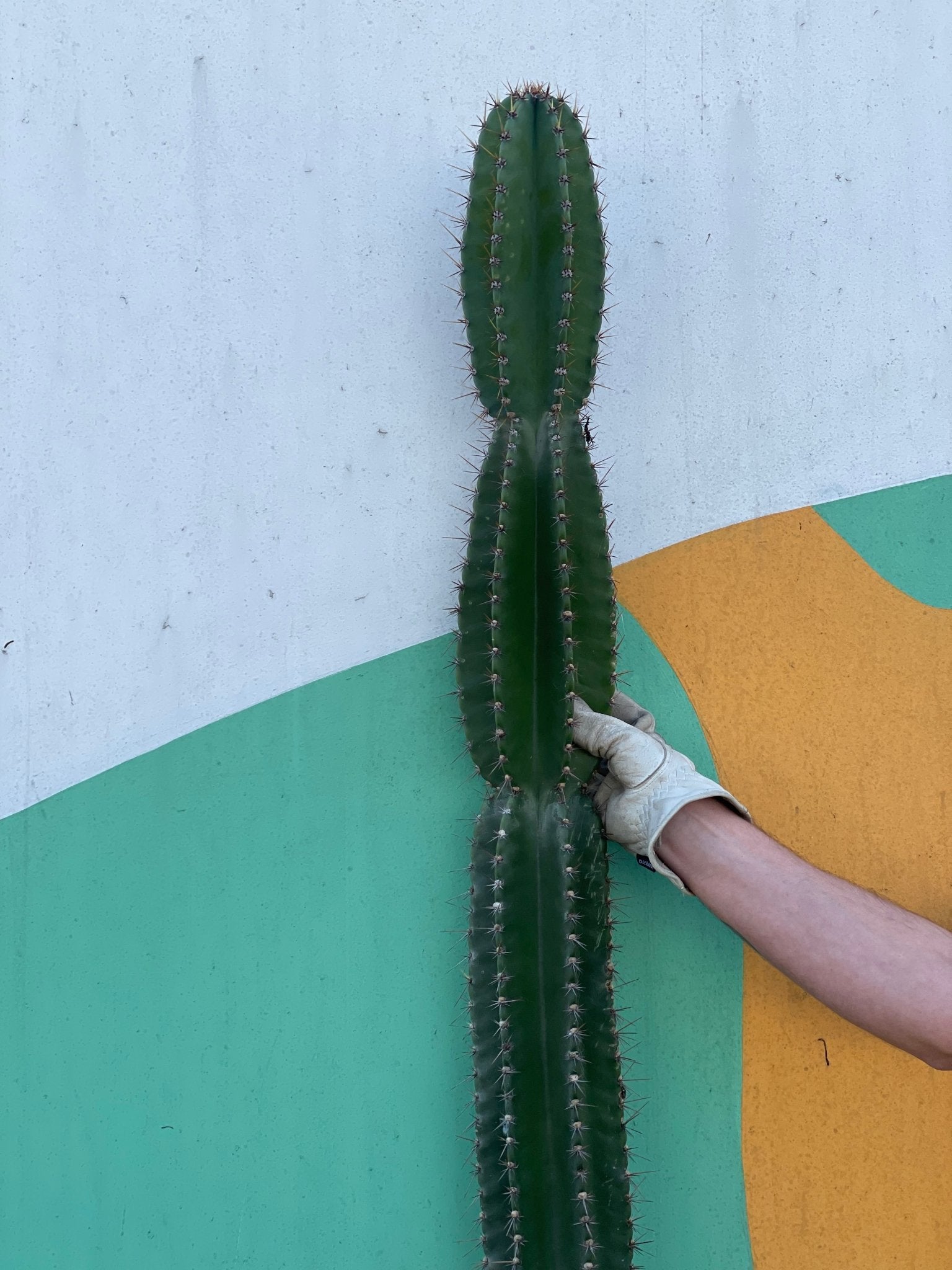
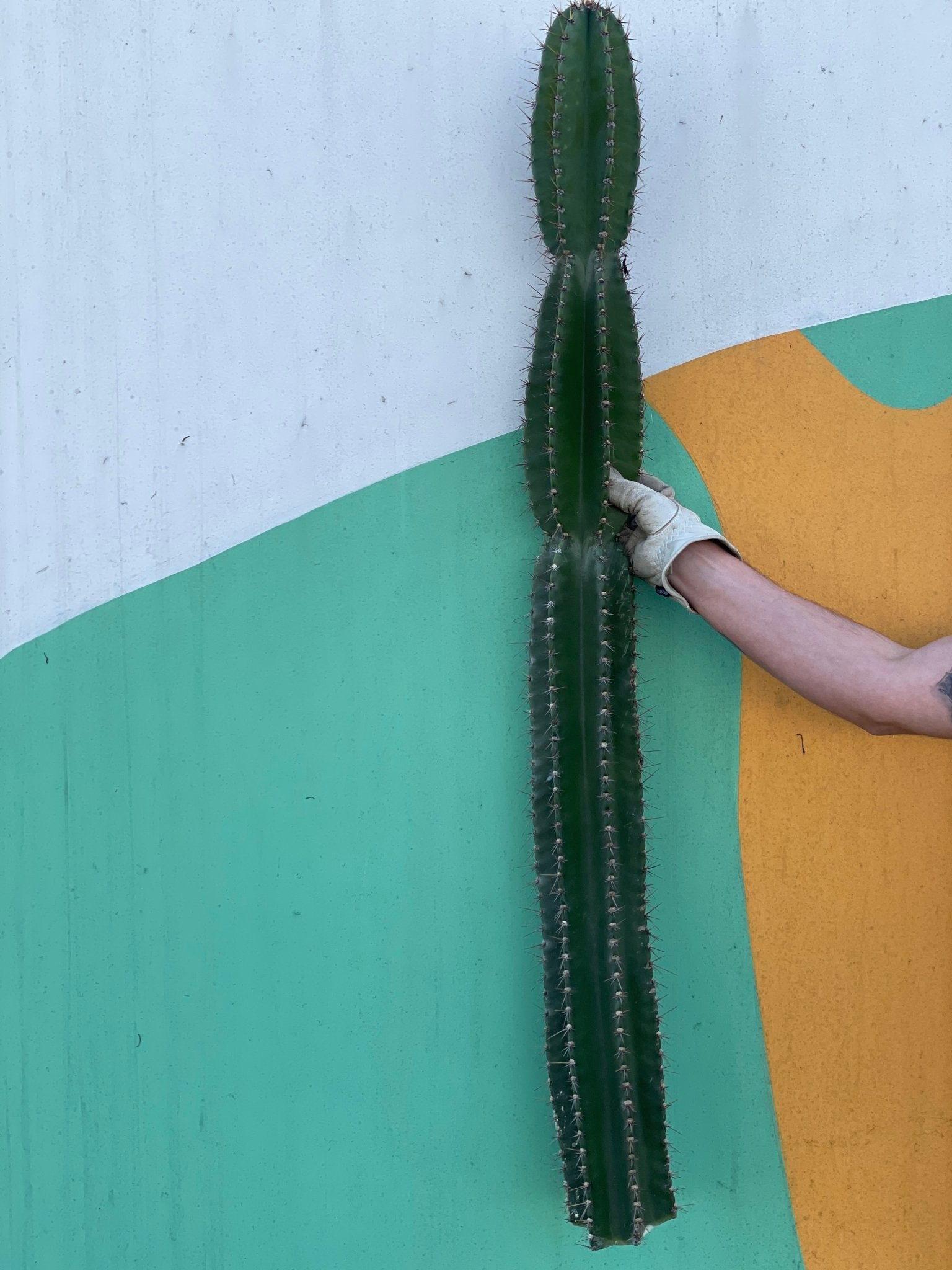
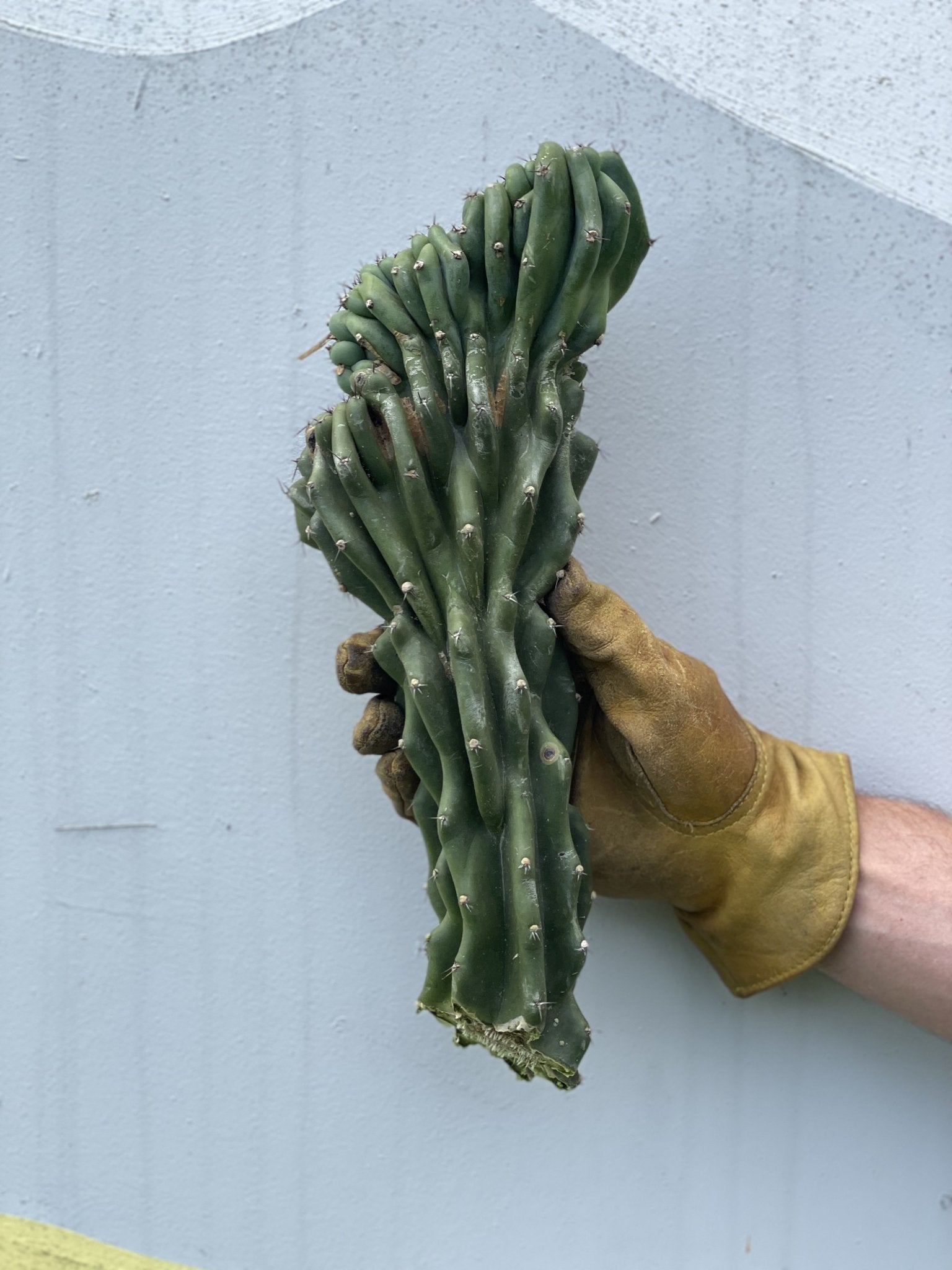
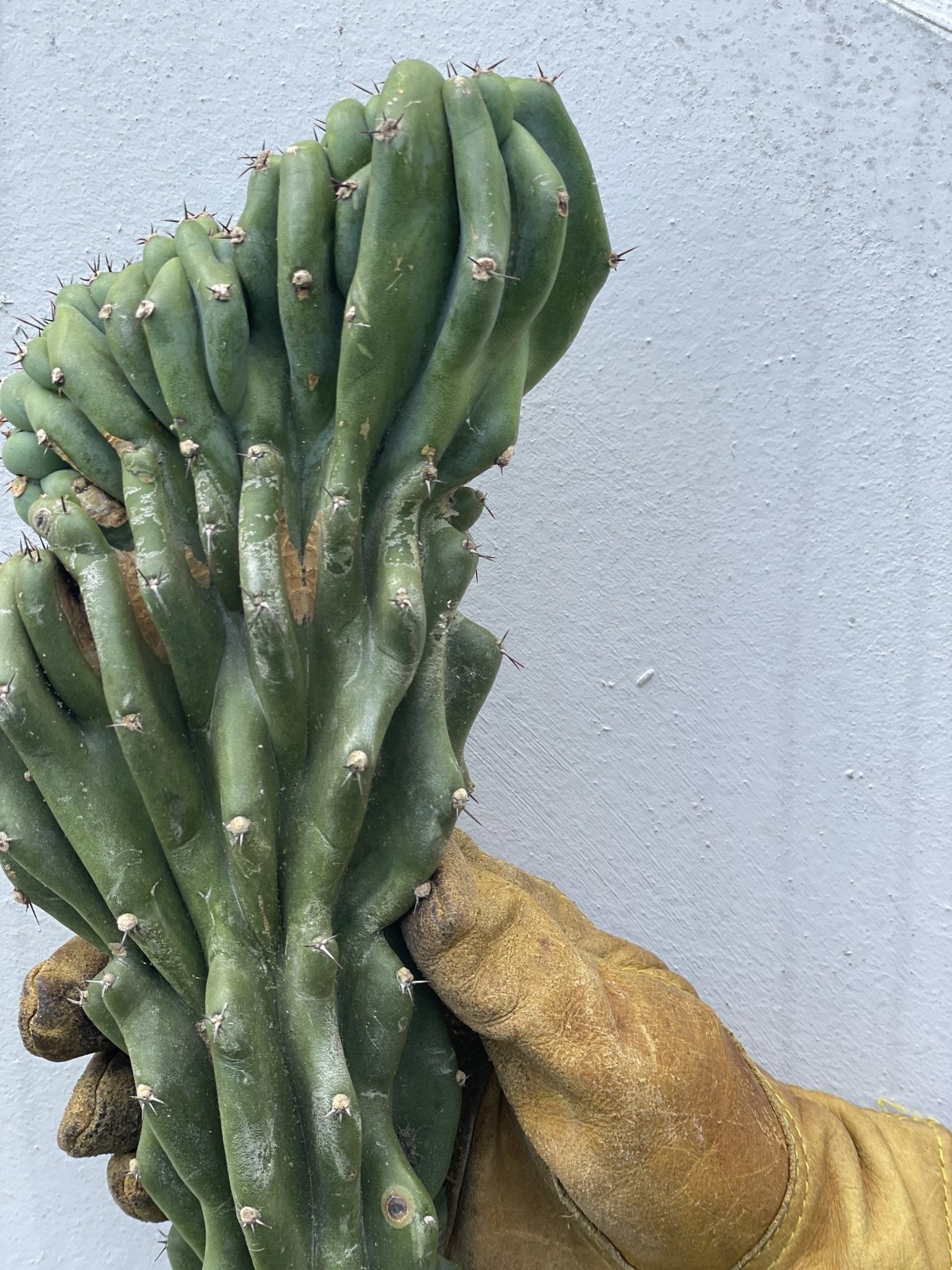


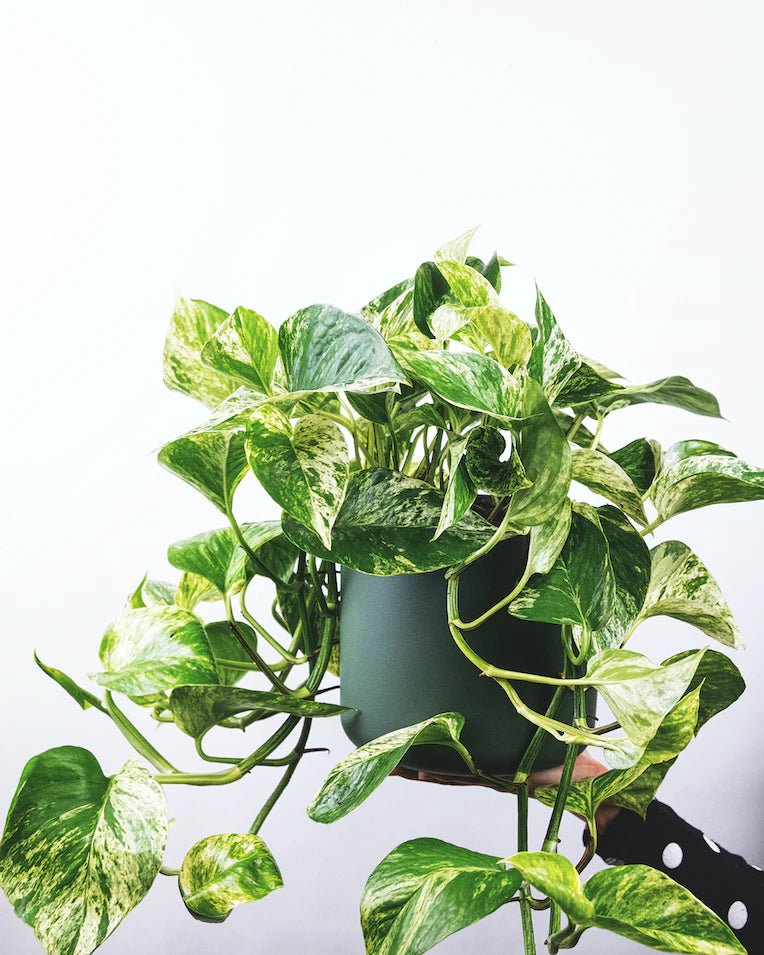
Leave a comment